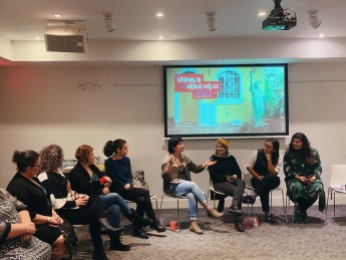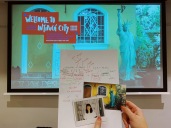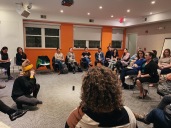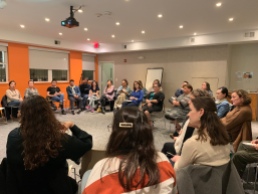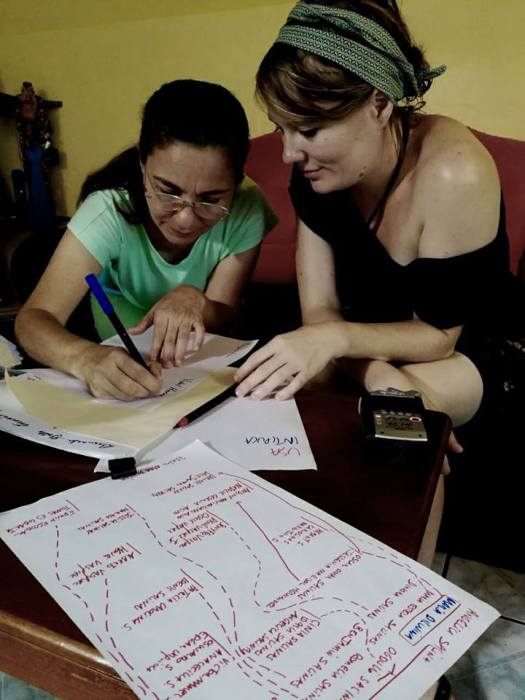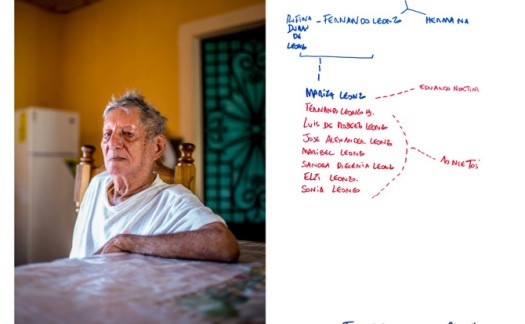Migrantes somos todos. En Home Crosses Borders, el diálogo comunitario organizado por Welcome to Intipucá City Project con ayuda del International Women Media Foundation (IWMF) y Open Society Foundation (OSF), esa frase quedó más que demostrada. Personas que migraron de El Salvador, de Guatemala, de México, de Honduras, Bélgica, o de un lugar a otro dentro de Estados Unidos (US), intercambiaron en Potter´s House, en Washington D.C.,el sentimiento comunitario de traspasar fronteras.
El pasado 18 de febrero, las autoras,, además de presentar el proyecto, propiciaron un diálogo entre los asistentes, donde se habló de lo que añoramos (o no) cuando estamos lejos del lugar donde nacimos, de lo que nos hace sentirnos parte de un lugar, y de lo que significa sentirse un extranjero en un país. “A veces en mi propio país me siento más extraña que aquí (US), aquí me han discriminado menos que en mi propio pueblo”, dijo una de las participantes.
La conversación fue dirigida por Veronica Meléndez, una artista visual que vive en Washington y fundadora de una revista que potencia autores con ascendencia centroamericana. Los participantes, además de responder preguntas sobre el significado de ser migrante, dibujaron su propio álbum familiar, de la misma manera como lo han hecho los protagonistas del proyecto.
We are all migrants. In Home Crosses Borders, the community dialogue organized by Welcome to Intipucá City with the help of the International Women Media Foundation (IWMF) and Open Society Foundation (OSF), that phrase was more than demonstrated. People who migrated from El Salvador, Guatemala, Mexico, Honduras, Belgium, or from one place to another within the United States (US), exchanged in Potter’s House, in Washington D.C., the community feeling of crossing borders.
On February 18, 2020, the authors presented the project and encouraged a moment of dialogue among the participants, where they talked about what we miss (or not) when we are far from the place where we were born, what makes us feel part of a place, and what it means to feel a foreigner in a country. «Sometimes in my own country I feel stranger than here (US), here I have been discriminated against less than in my own village,» said one of the participants.
The conversation was led by Veronica Melendez, a visual artist living in Washington and founder of a magazine that promotes artist with Central American ancestry. The participants, in addition to answering questions about what it means to be a migrant, drew their own family album, just as the protagonists of the project have done.


